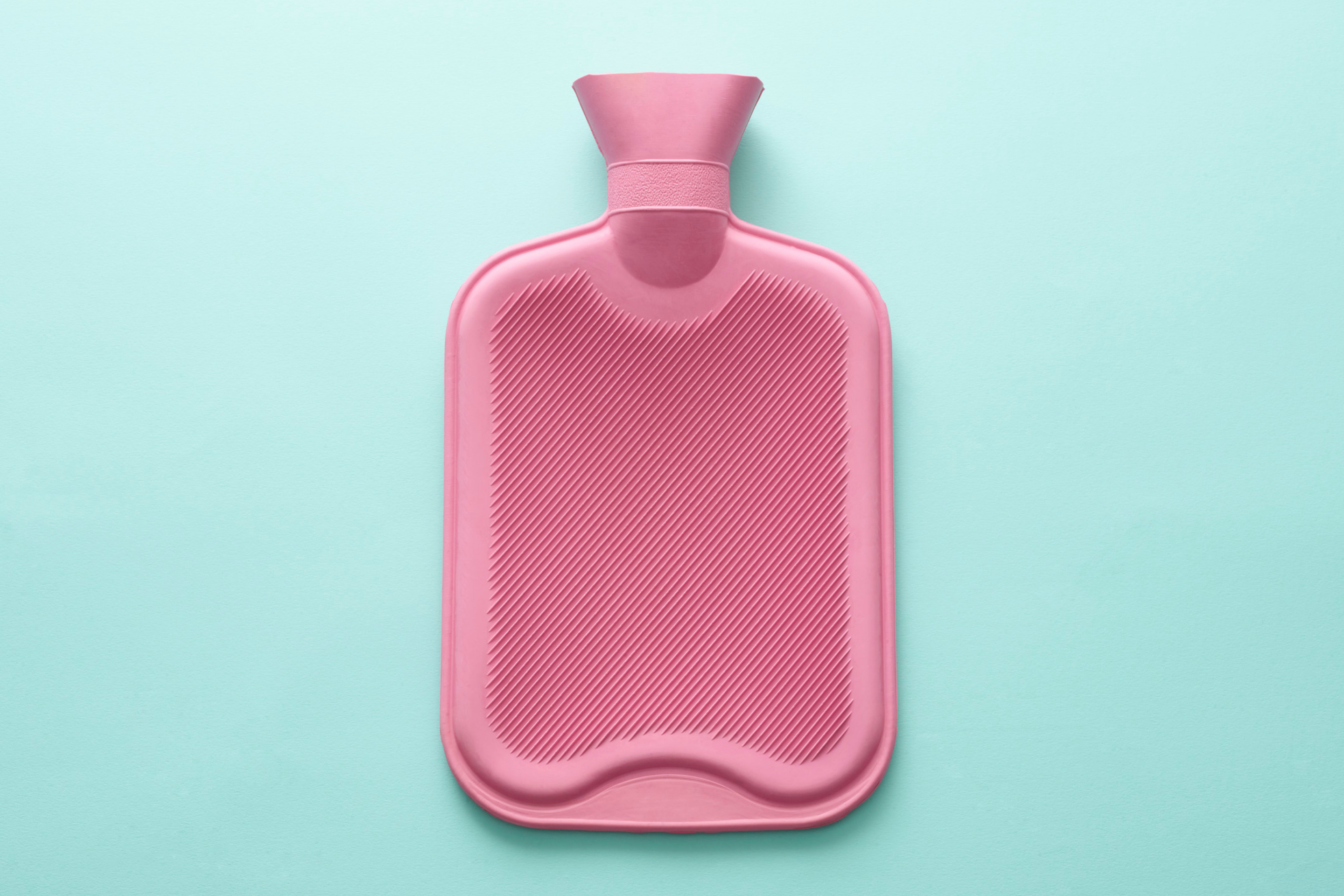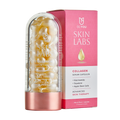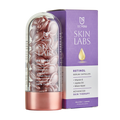How to have safe festive sex
Dec. 24, 2019 jess simms
Christmas time is true cuffing season. Whether you have it's new crush in your life or a long term partner, we all like to cuddle up with our bae.
While the weather gets colder inside you can be sure it’s getting much steamier inside. And we don’t blame you! However, there is no excuse for not having safe sex during the Christmas period. If you’re still unsure about which type of contraception is right for you, read on to find out what your options are.
Condoms

Arguably the most famous type of contraception, condoms are popular for a very good reason. They are the only contraception to protect against STIs which you should bear in mind when choosing what form of contraception is best for you. Male condoms are worn on the penis and can be used during vaginal, anal or oral sex. They are 98% effective in protecting against pregnancy. They work by acting as a barrier against the sperm, preventing it from fertilising an egg. Still unsure about when you are most fertile? Check out our Ovulation and 4 stages of the menstrual cycle guides.
How to use
Tear open the condom packet and place it on the tip of the erect penis. Then, slowly roll the condom down the base of the penis, being careful not to tear it. After you have finished having sex, simply roll the condom off, being careful to keep the contents inside the condom. Then throw the condom in the bin. Make sure to use a fresh condom every time you have vaginal sex.
Advantages
Condoms are a great option if you don’t have a long term partner or don’t want to use hormonal contraception. You can actually get free condoms from most sexual health clinics and doctors, making safe sex that much easier.
Disadvantages
Condoms can tear, meaning sperm can travel up through the vagina to fertilise an egg. Some couples don’t enjoy using condoms as it interrupts the flow of sex. Make sure to communicate with your partner if you want to use a condom to avoid any mood killers. Generally, condoms are made with latex which is a common allergen. Again, ask your partner about the condoms they use to make sure Christmas sexy time can all go swimmingly.
The Contraceptive Pills

There are two types of contraceptive pills: the combined pill and the progesterone-only pill.
The Combined Pill
This form of contraception contains two hormones: estrogen and progesterone. These hormones are produced by your body throughout your cycle, to control when you ovulate and when you have your period. The combined pill uses these hormones to...
-
Thicken the neck of the womb so it is harder for sperm to embed itself into the lining of the uterus
-
Thin the lining of the uterus so it is harder for an egg to be fertilised
The combined pill is over 99% effective at preventing pregnancy but it does NOT protect against STIs.
How to use:
This pill needs to be taken every day, for 21 days and then a break of 7 days in which you’ll have your period. After you’ve had your period, you then start a new course of the pill. This is also how the contraceptive patch works.
Advantages
The pill is great if you still want to experience having a period. Many young women who experience painful periods or have severe acne are prescribed the pill to help with the inflammation. The combined pill doesn’t interrupt the flow of sex and is great if you have a long term partner and feel comfortable not using condoms.
Disadvantages
Side effects of the combined pill can include headaches, nausea, breast tenderness and mood swings. The combined pill can also raise a person’s blood pressure. It doesn’t protect against STIs and can provoke breakthrough bleeding.
The Progesterone-Only Pill
This pill pretty much is what it says on the tin- it only contains progesterone rather than estrogen. Many women may start on the combined pill and don't enjoy its effects but like the ease of taking a tablet. Like the combined pill it is over 99% effective in preventing pregnancy.
This pill works by thickening the neck of the womb so it is harder for the sperm to embed itself into the uterus. Some brands of the POP can also stop ovulation altogether, meaning there is no egg to be fertilised.
How to use:
Women must take this pill at a specific time every single day without any breaks. If a pill is missed, you must take the pill within 3-12 hours of the time you usually take it, this may depend on the brand of POP you are given.
Advantages
If you can’t take estrogen in hormonal contraception then this is a great alternative for you. If you don’t want a break in your cycle then all you have to do is take it every day. If you don’t want to go through the motions of the crimson waves this is a good contraceptive method as many women don’t even have their period whilst taking the POP.
Disadvantages
There is no guarantee your periods will stop or be regular whilst on the POP. It does NOT protect you against STIs. You will need to remember to take it at the same time every single day and certain medications may make it less effective. Side effects may include headaches, nausea, acne and mood swings.
The Contraceptive Implant

The contraceptive implant is a thin flexible rod that is inserted in the upper arm. You will need to book an appointment with your doctor to have it inserted properly. Like the contraceptive pill, the implant is over 99% effective in preventing pregnancy but does not protect against STIs. The implant can be left inside the body for 3 years.
The implant works by slowly releasing progesterone into the bloodstream. This stops a woman from releasing an egg and thickens the mucus from the cervix which makes it difficult for sperm to fertilise an egg. Also, the implant will thin out the lining of the womb so it is harder for the egg to embed itself into the side of the womb. In the UK, Nexplanon is the main brand of the implant.
How to use:
The nurse or GP will place the implant in your non-dominant arm. They will use an anaesthetic to numb your arm, then making a small incision and insert the implant into your arm. Don’t worry you won’t need any stitches as the incision is so small. The implant is usually inserted during the first five days of your menstrual cycle and starts to kick in immediately if inserted in the first 5 days of your period, if not it will kick in a week after the implantation.
Advantages
This little guy works for 3 years, meaning you will only have to change it 3 years after the date you originally had it inserted. You can forget about the stress of taking tablets at the same time every day. It’s a great alternative to estrogen-based contraception such as the combined pill, the contraceptive patch or a vaginal ring. This contraception can also be used by breastfeeding mothers and when it is removed it won’t affect your chances of getting pregnant.
Disadvantages
One thing you may not like about the implant is that your period may change...quite a lot. Some women experience no bleeding at all, whilst others have infrequent and prolonged bleeding. You may also experience headaches, nausea, breast tenderness, mood swings and low libido.
IUD (Intrauterine device)/ The Coil










